Route 66 isn't just a road; it's a journey through American history, shaped by the dreams and determination of a few remarkable individuals. In this article, you'll meet seven entrepreneurs who, in their unique ways, helped forge the culture of this iconic highway, often called the "Mother Road."
Meet the 'Mother of the Mother Road,' who transformed a service station into a historic stop, and the 'Father of Route 66,' whose vision revolutionized American travel. Their stories highlight innovation and resilience, shaping Route 66's unique culture.
So, let's hit the road together and explore the lives of these remarkable roadside entrepreneurs who turned a simple highway into a legendary part of America.
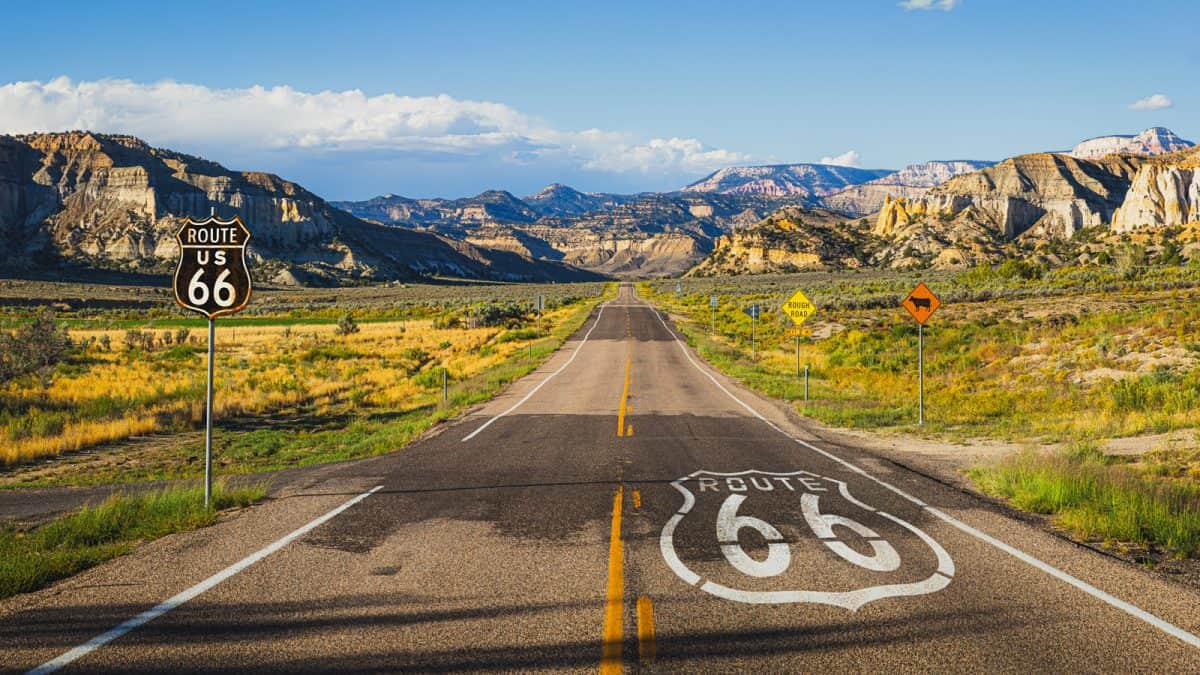
7 Entrepreneurs Who Shaped Route 66
Meet the people whose passion and creativity helped transform Route 66 into more than just a road but a cultural icon:
1. Lucille Hamons
You might find it fascinating that Lucille Hamons took over the operation of what is now known as the Provine Service Station in 1941, making it a cornerstone of Route 66 culture for nearly 60 years.
Her generosity during the tough times of the Great Depression earned her the nickname "Mother of the Mother Road."
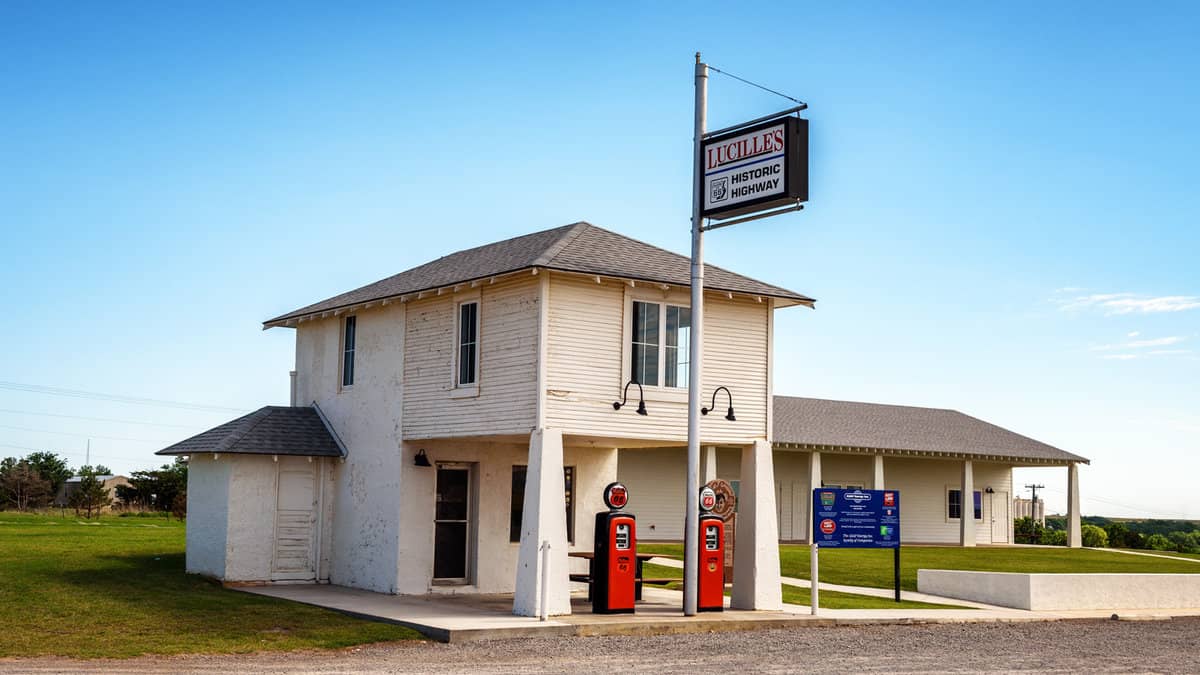
The station, originally built in 1927 and named Hamon's Court, included a store and motel, combining a family home and business in one place. Today, you can visit this historic site, now a museum, at Hydro, Oklahoma, to experience a piece of Route 66's history.
2. Bob Waldmire

Bob Waldmire, born on April 19, 1945, was not just an artist but a Route 66 icon. His unique maps of the route, reflecting its human and natural ecology, captured the spirit of this legendary highway.
Waldmire's journey as an artist began at Southern Illinois University, where he started drafting "bird's-eye-view" posters of various cities, eventually focusing his talents on Route 66.
Known for his nomadic lifestyle, he spent winters in a self-designed home in Arizona's Chiricahua Mountains and summers in a converted school bus in Central Illinois. In 1992, Waldmire revived the Hackberry General Store in Arizona as a Route 66 tourist information post and souvenir shop.
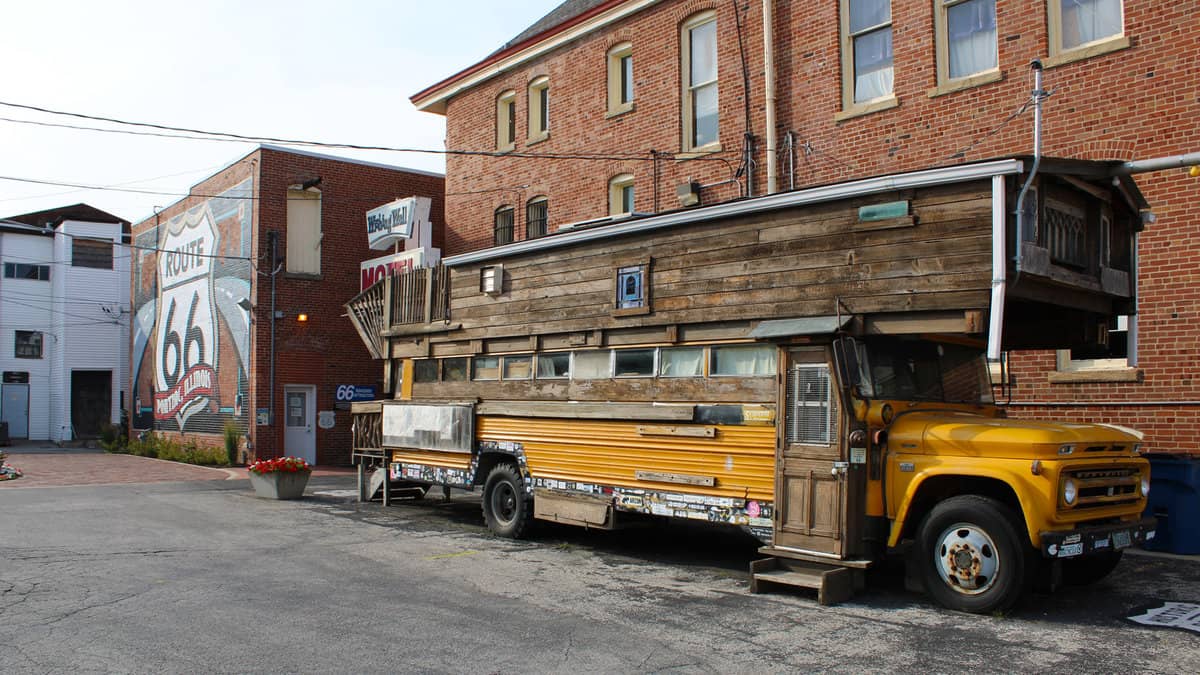
Interestingly, his orange 1972 Volkswagen Microbus inspired the character "Fillmore" in the animated movie "Cars," but he declined to commercialize his name with Disney.
For those who love a good chill, explore '8 Spooky Spots On Route 66 That Will Give You Goosebumps.'
3. Juan Delgadillo
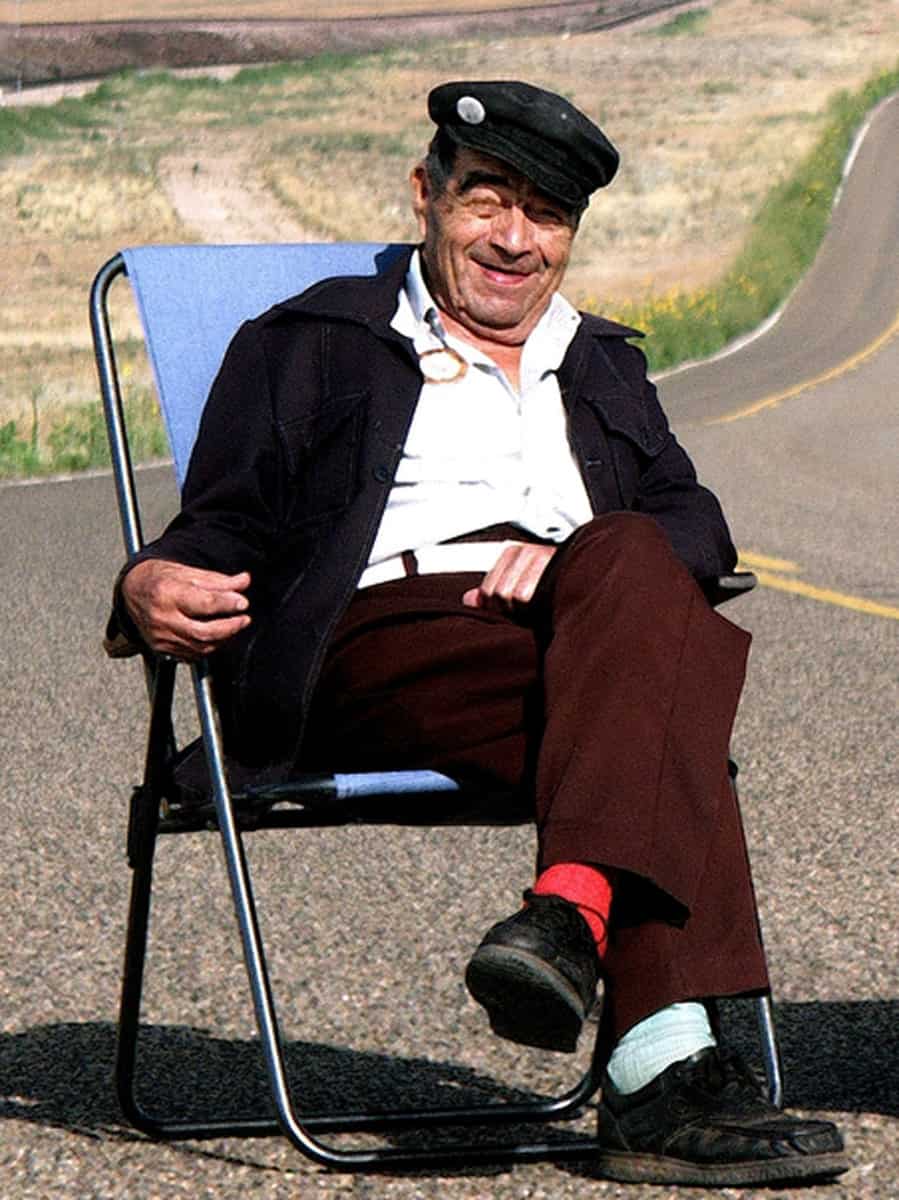
In 1953, Juan Delgadillo, working with a very limited budget, opened Delgadillo's Snow Cap Drive-In in Seligman, Arizona, right along the historic Route 66. He creatively used scrap lumber from the nearby Santa Fe Railway yard to build this unique eatery.
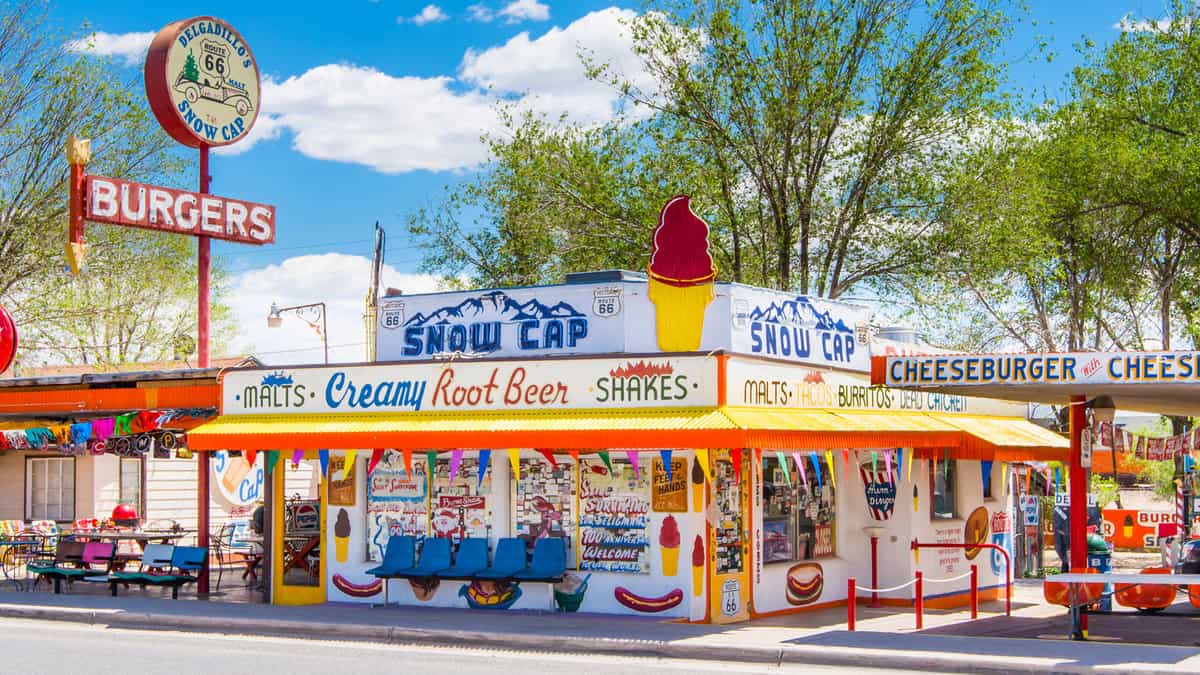
Juan's flair for showmanship was evident, notably when he converted a 1936 Chevrolet into an eye-catching attraction with paint, horns, and even a Christmas tree in the rear.
His menu was infused with humor, offering items like "cheeseburger with cheese" and "dead chicken," the playful atmosphere extended to his interactions with customers.
Juan's approach made the Snow Cap a Route 66 landmark and inspired elements in the 2006 Pixar movie "Cars." After his passing in 2004, his children have continued to run the drive-in, maintaining its whimsical spirit.
4. Ted Drewes
Ted Drewes Sr. started his frozen custard business in 1929 in St. Louis, Missouri, and it has since become a beloved fixture on Route 66. The shop's signature offering is the "concrete," a frozen custard so thick that it's served upside down.
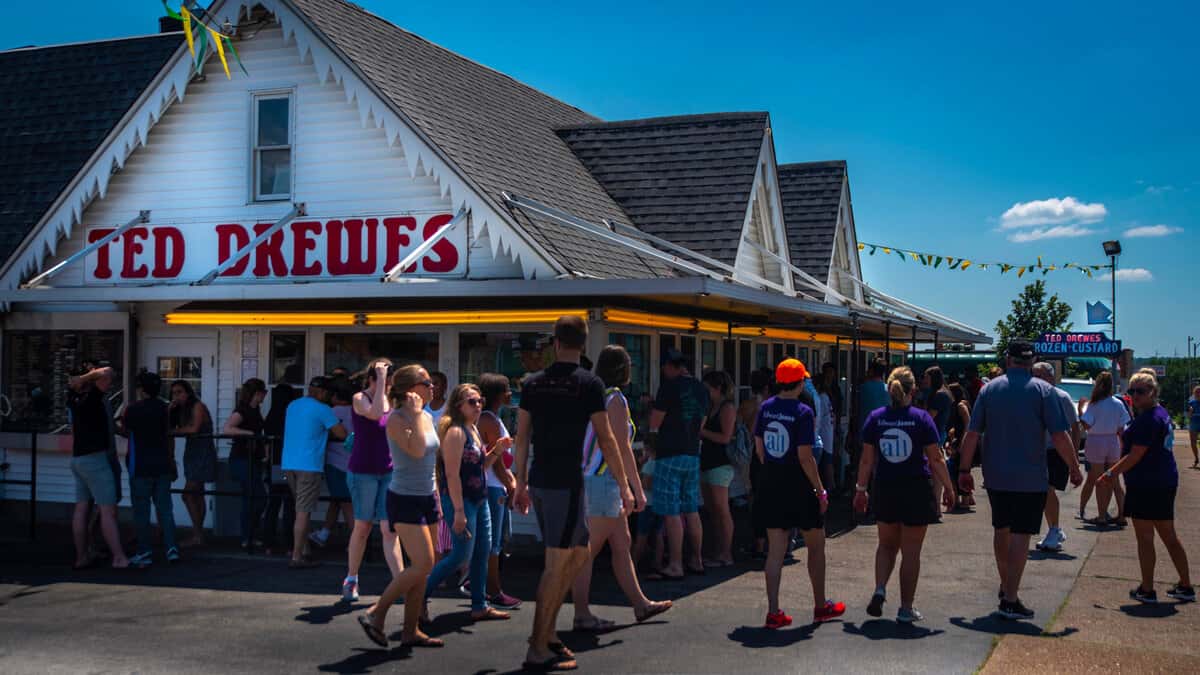
Ted Drewes' journey began when he opened his first shop in St. Louis in 1930, following a stint selling frozen custard at a carnival. Over the years, the Chippewa Street location emerged as the flagship store, especially as Route 66 traffic increased.
By 2006, Ted Drewes was producing over 150,000 gallons of custard annually. This family-owned business, known for its unique frozen custard and connection to the historic Route 66, is a popular destination for locals and travelers.
5. Angel Delgadillo
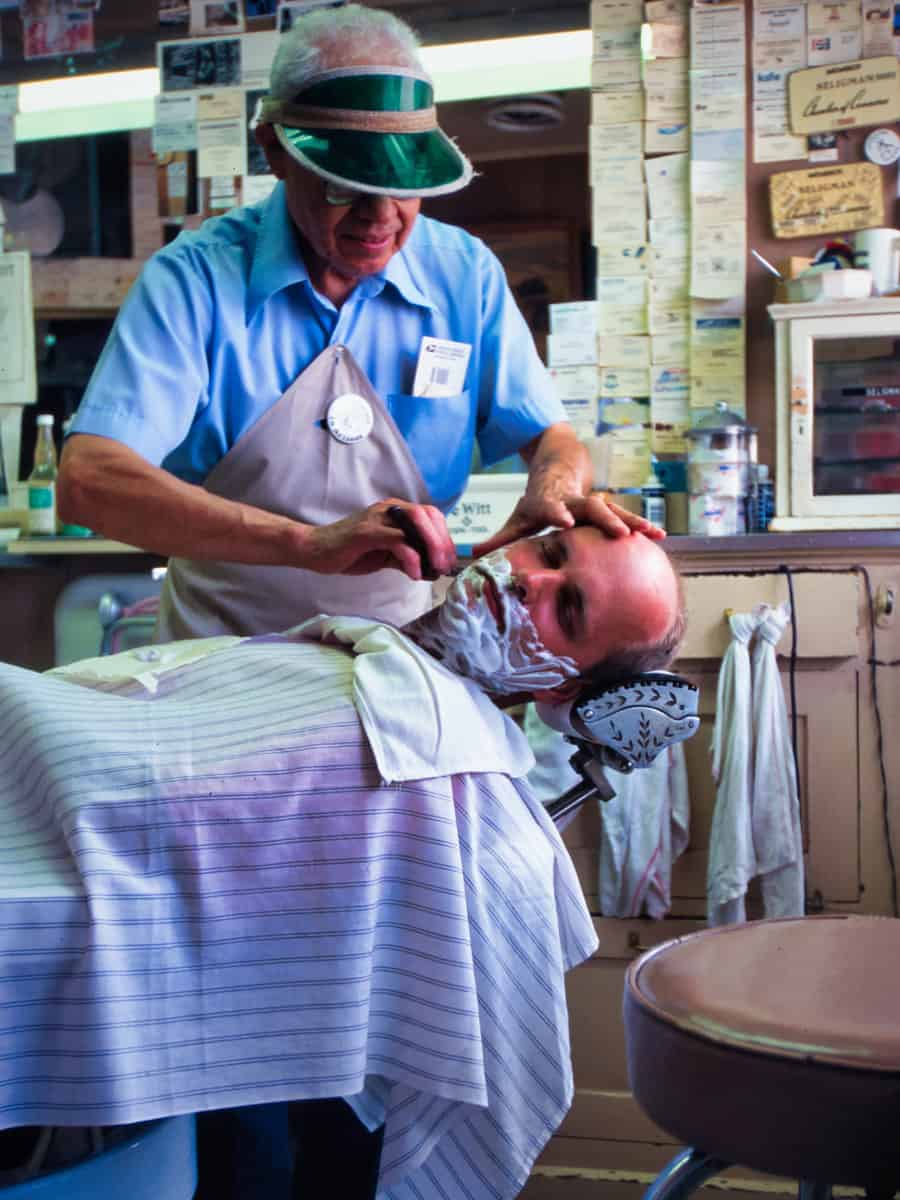
Born on April 19, 1927, in Seligman, Arizona, Angel Delgadillo has witnessed the evolution of Route 66 firsthand, from the exodus of Okies during the Dust Bowl to the bustling activity of World War II and its eventual decline.
He became a pivotal figure in Route 66's preservation, founding the Historic Route 66 Association of Arizona in 1987, which spurred similar initiatives in all Route 66 states.
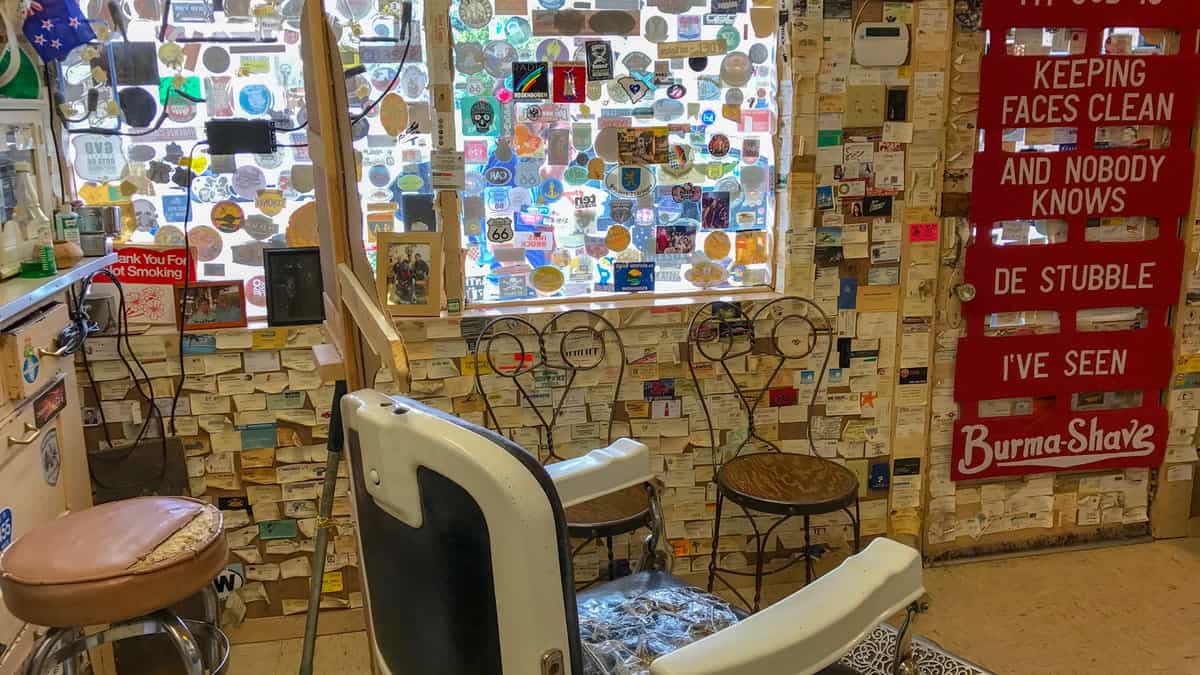
Angel, who ran a barbershop and souvenir shop in town, experienced the impact of Interstate 40's opening, which significantly reduced traffic through Seligman. His passion for Route 66's history was even a source of inspiration for the Pixar movie "Cars."
Today, he is recognized worldwide, with visitors from various continents stopping by to meet him, earning him a title like "The Guardian Angel of Route 66".
6. Hugh Davis
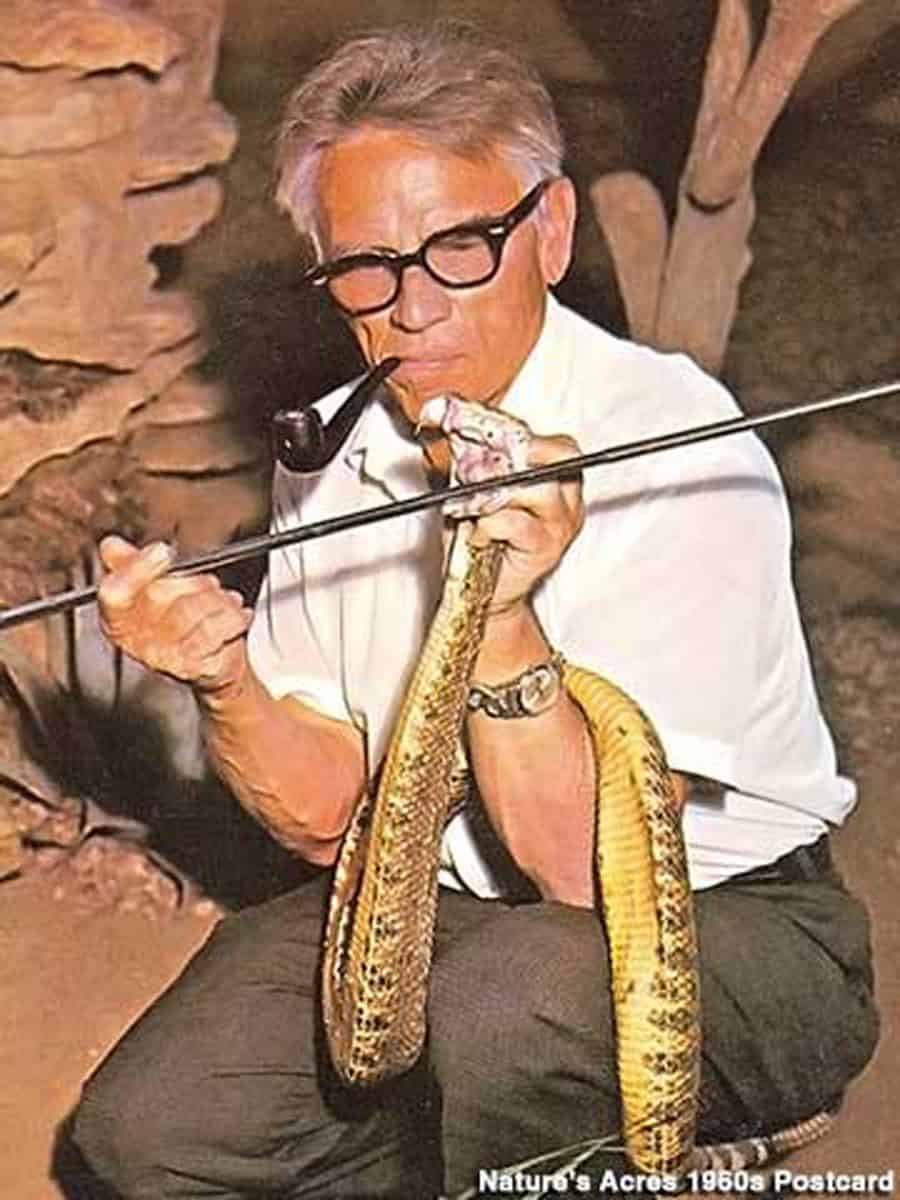
Now, let's get into the story of Hugh Davis, the creator of the iconic Blue Whale of Catoosa. In the early 1970s, Davis, also known as Hugh Davis crafted this remarkable structure as an anniversary gift for his wife, Zelta, who was fond of whale figurines.
The Blue Whale and its pond quickly became a favorite swimming spot, attracting locals and travelers on Route 66. Originally intended for family use, the pond was enhanced by Davis with sand, picnic tables, and lifeguards, opening it to the public.
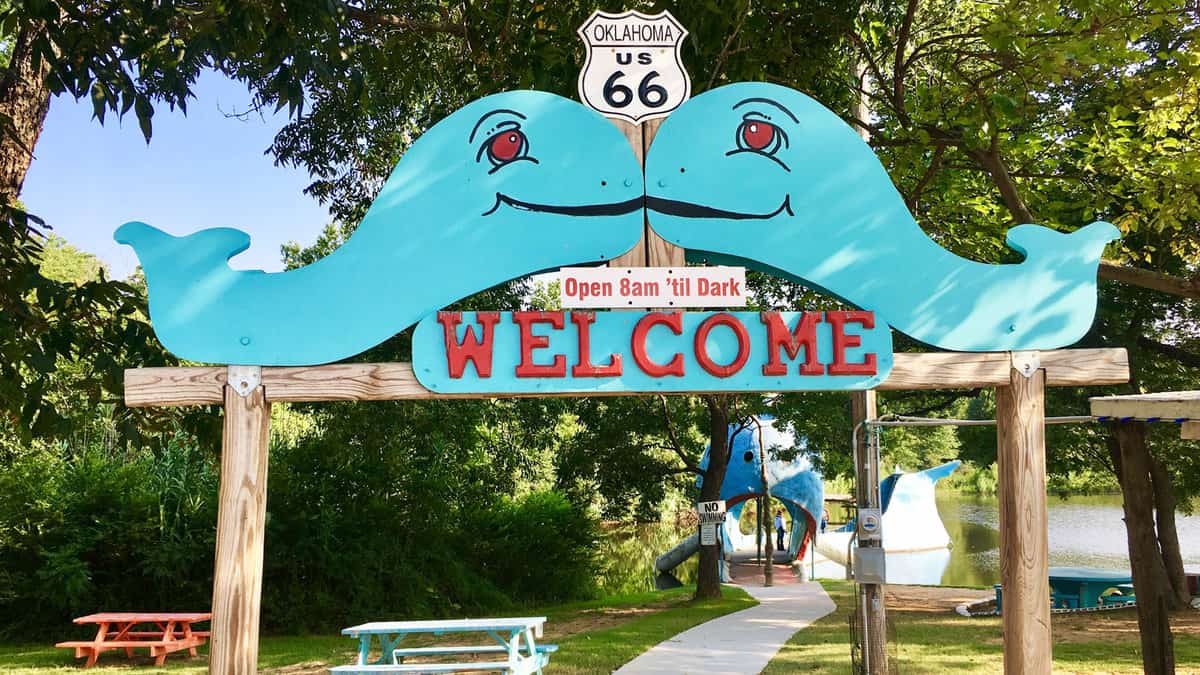
Initially named Nature's Acres, this quirky attraction expanded to include other features, like the A.R.K. (Animal Reptile Kingdom). Sadly, by 1988, the Davis family could no longer manage it, leading to its closure.
However, the Blue Whale didn't fade into obscurity. A decade later, the people of Catoosa and Hampton Inn employees spearheaded a restoration project, reviving the Blue Whale to its former glory. Standing tall in its vibrant blue, this whimsical landmark continues to symbolize the joy and creativity found along Route 66.
Curious about the famous faces who've traveled this iconic road? Discover their stories in 'Celebrities' Journeys on Route 66.'
7. Cyrus Avery
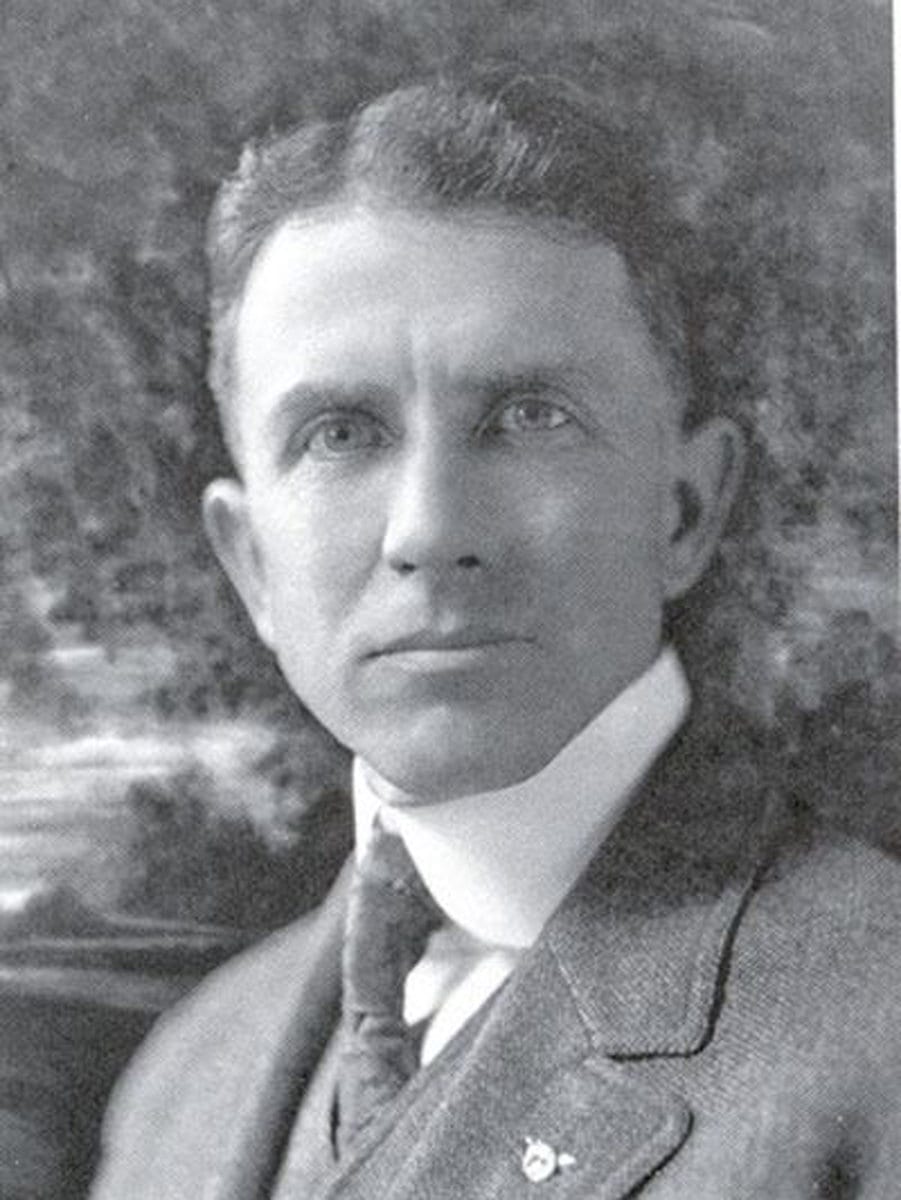
Cyrus Avery, born in 1871, was a businessperson, oilman, and a pivotal figure in American road transportation history. Known as the "Father of Route 66," he was instrumental in creating U.S. Route 66 as part of the federal board for the Federal Highway System.
Avery's vision was fueled by his belief in the importance of an interstate highway system for the prosperity of cities and states. He was a key advocate in the Good Roads Movement, serving as president of the Albert Pike Highway Association and the Tulsa County Commission.
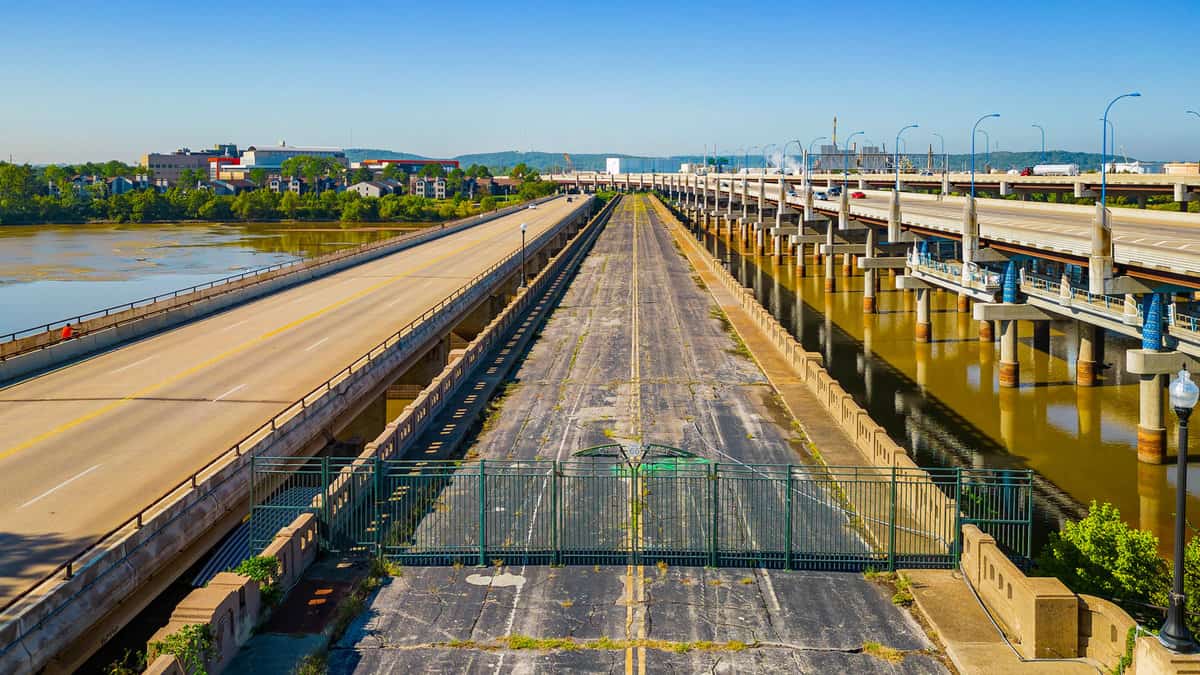
Avery's efforts in road improvement were not limited to Oklahoma; he played a significant role in developing the Ozarks Trails and connecting major cities across states.
His most significant contribution came when he was part of the Joint Board of Interstate Highways in 1925, where he advocated for routing a major highway through Tulsa, Oklahoma City, and across several states, eventually becoming Route 66.
Avery's insistence on the highway numbering system and his strategic choice of the number 66 over 62 cemented his legacy, making Route 66 a cultural icon and a symbol of American progress and mobility.
The Legacy of Route 66's Trailblazers
The impact of these seven entrepreneurs on Route 66 extends far beyond their successes. They have each played a crucial role in shaping the history and identity of this iconic highway.
Their innovative ideas and persistent efforts helped turn Route 66 into more than just a road – it became a hub of cultural significance and a testament to American ingenuity. Reflecting on their legacies, we see the lasting influence of vision and determination in forging a route and a cultural landmark that continues to inspire.

Thank you for the informative post. It was rather entertaining. It appears that you have progressed to a much more agreeable level. How can we stay in touch, though?